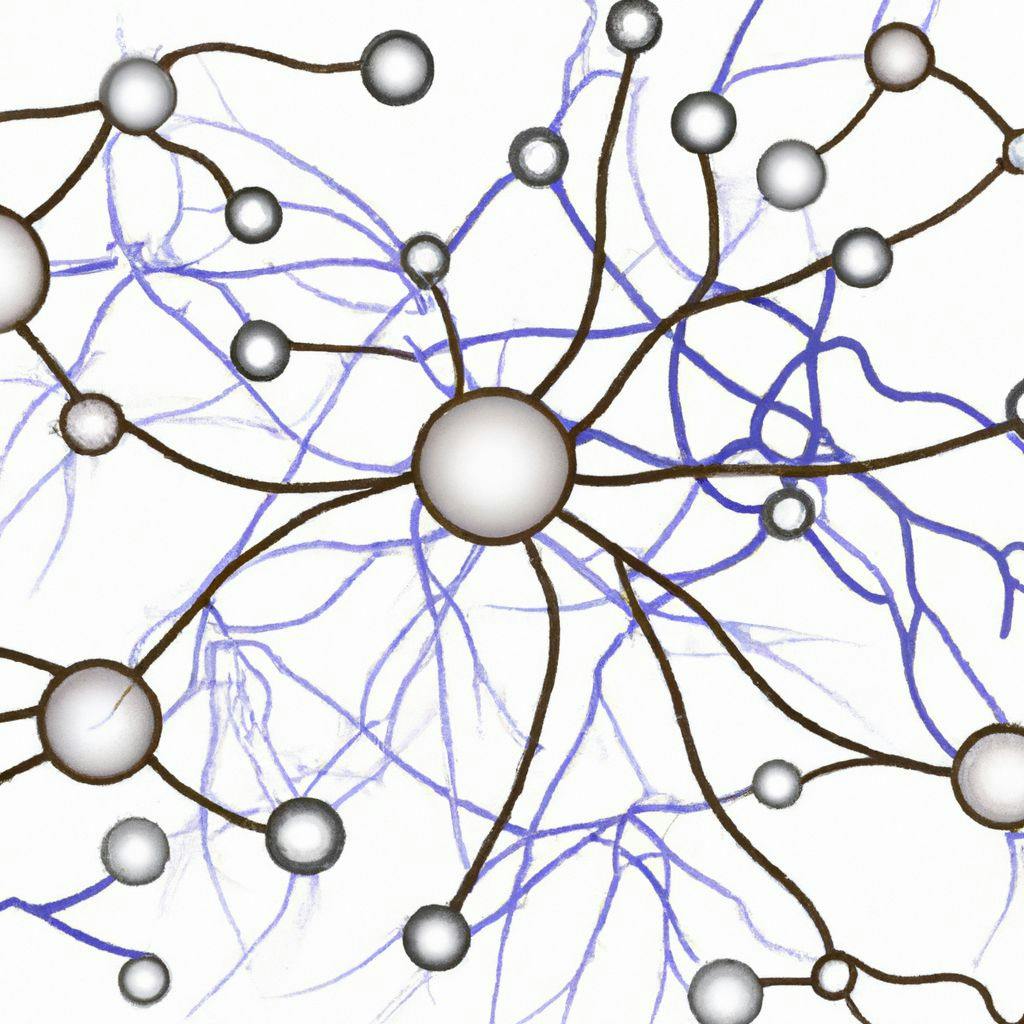Related articles
How to optimize website for faster load times
5 Aug 2024
In our era of instant gratification, having a fast-loading website is a critical aspect in user experience. If your site fails to load quickly, you risk losing potential clients to swifter competitors. This article will provide essential tips to help you enhance your website's load speed, ensuring delightful and efficient user interactions.

How to incorporate machine learning into e-commerce platform
11 Jul 2024
E-commerce thrives on delivering personalized experiences to customers. Harnessing the power of Machine Learning (ML) can redefine these experiences, by predicting user behavior, tailoring recommendations and automating tasks. In this article, we explore the integration of ML into your E-Commerce platform and unveil its transformative potential.
Navigating App Development: Web, Mobile or Hybrid?
10 Jul 2024
Embarking on the journey of app development often comes with a critical decision: Web, Mobile, or Hybrid? Each offers unique benefits and challenges, suited to different project demands and goals. This article attempts to navigate through this complex landscape, offering insights to make the best choice.
The role of Artificial Intelligence in Web Development
20 May 2024
In today's rapid tech evolution, Artificial Intelligence (AI) is innovating industries, including web development. AI has become integral, driving efficiency and transforming the web development landscape. This article will explore how AI empowers web development and its pivotal role in the field.
Intelligent Assistance: The Future of Human-Computer Interaction
21 Mar 2024
In the age of rapid digital transformation, Intelligent Assistance is charting a new course for human-computer interaction. From voice commands, predictive analytics to personalized recommendations, it's an emerging paradigm that's transforming our interaction with digital devices, making technology more intuitive and user-friendly. Through this exploration, we'll dive deep into its evolution and potential.
Implementing Online Payment Systems for Amplifying E-Commerce Conversion Rates
2 Mar 2024
The booming popularity of e-commerce necessitates the integration of efficient online payment systems. These systems play a pivotal role in driving higher conversion rates by streamlining transaction procedures and enhancing user experience. This article delves into the processes and benefits of implementing these online payment systems.
Chatbots on your website: How can they increase sales and improve customer service?
10 Feb 2024
Leveraging the power of chatbots can revolutionize business interactions, sales, and customer experience on a website. This article focuses on how the integration of chatbots can lead to sales uplift and provide a seamless, 24/7 customer support, thereby reducing the gap between customer queries and business responses.
Show all articles related with #AI

